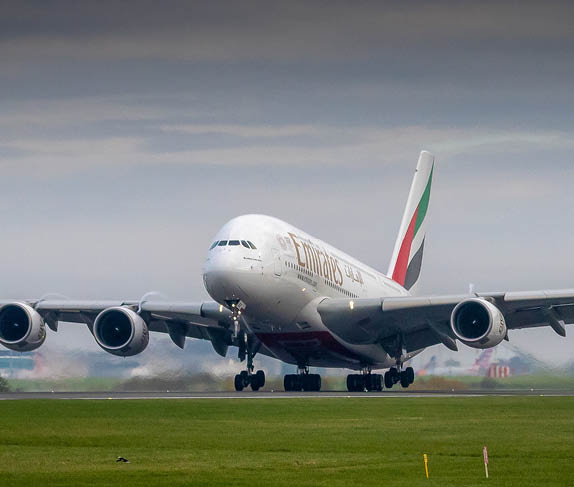Two years ago, almost to the day, we told you that there was a huge movement towards point-to-point, with transiting via home city hubs starting to lose its appeal. We suggested that an acceleration of this trend would create a snowball effect as Middle East majors would have to cut frequency which in turn increases the stop-over and makes the transits far more unattractive. We also stated that this was compounded by the air travel restrictions over Ukraine and other war zones, which increased travel time down to the Gulf States by hours. We stated then that this would lead to an Emirates, Etihad merger in the longer term. Today, once again, rumours of merger talks between the two Middle East giants Emirates and Etihad have resurfaced. The synergies are obvious, the long term savings clear, but the short term costs would prevent any full re-brand and the fleet route overlaps would be massive, which would dump huge numbers of aircraft onto the market over a relatively short period. Also the matter of the brand has not changed, Etihad is the flag carrier and Emirates is the more powerful brand. Everything points to keeping existing plans in place for both airlines. Emirates continues to claw itself out of the same trap SIA put itself into ten years previously with premium economy coming to the rescue, and Etihad continues to unwind its investment growth strategy. Both airlines can then simply harmonise their timetables – that will mean dumping routes and aircraft and spare engines onto the market.
The problem for the Middle East majors seems like it is going to be compounded soon with the introduction of the A350-1000 and the 777X; one wonders how the A380 can compete unless it is running full. This factor should not be underestimated in a market where both airlines are under gathering competition both in terms of price and offering from the direct point to point flights on far more economical aircraft. The A380 stop-over economics and product cannot compete with A350-1000 and 777X on very long haul point to point transits, especially over the medium term taking into account maintenance costs of landing and take-offs in desert conditions. So two years after we asked the question for the first time we must once again ask: Where do the Middle East majors go from here? A merger between the two presented both economic and political difficulties that seemed unsurmountable two years ago, but now with Etihad laid low by its investment strategy there just might be more impetus behind talks of a merger, that will turn the annual conflab that the Emirs have on this subject into real action.
In the interests of balance, we should all note that if these were airlines in say the UK or Germany then it would be a question of merge or die. The UAE majors do not have that “evolve or die” problem and as such things will inevitably move slower with the expected support from government assistance should it be required. But all flag carriers across the globe have at some point in their history had government assistance and in the USA more recently they have had Chapter 11, which is actually even better than any assistance offered by governments (save for the incredible JAL rescue deal). So it will be that politics will decide the future course of Emirates and Etihad, today we are closer than ever to a deal of sorts. Of course for the manufacturers, lessors, banks and traders, parts suppliers and everyone in-between any tie-up between these airlines is, in the long term, very bad news.

